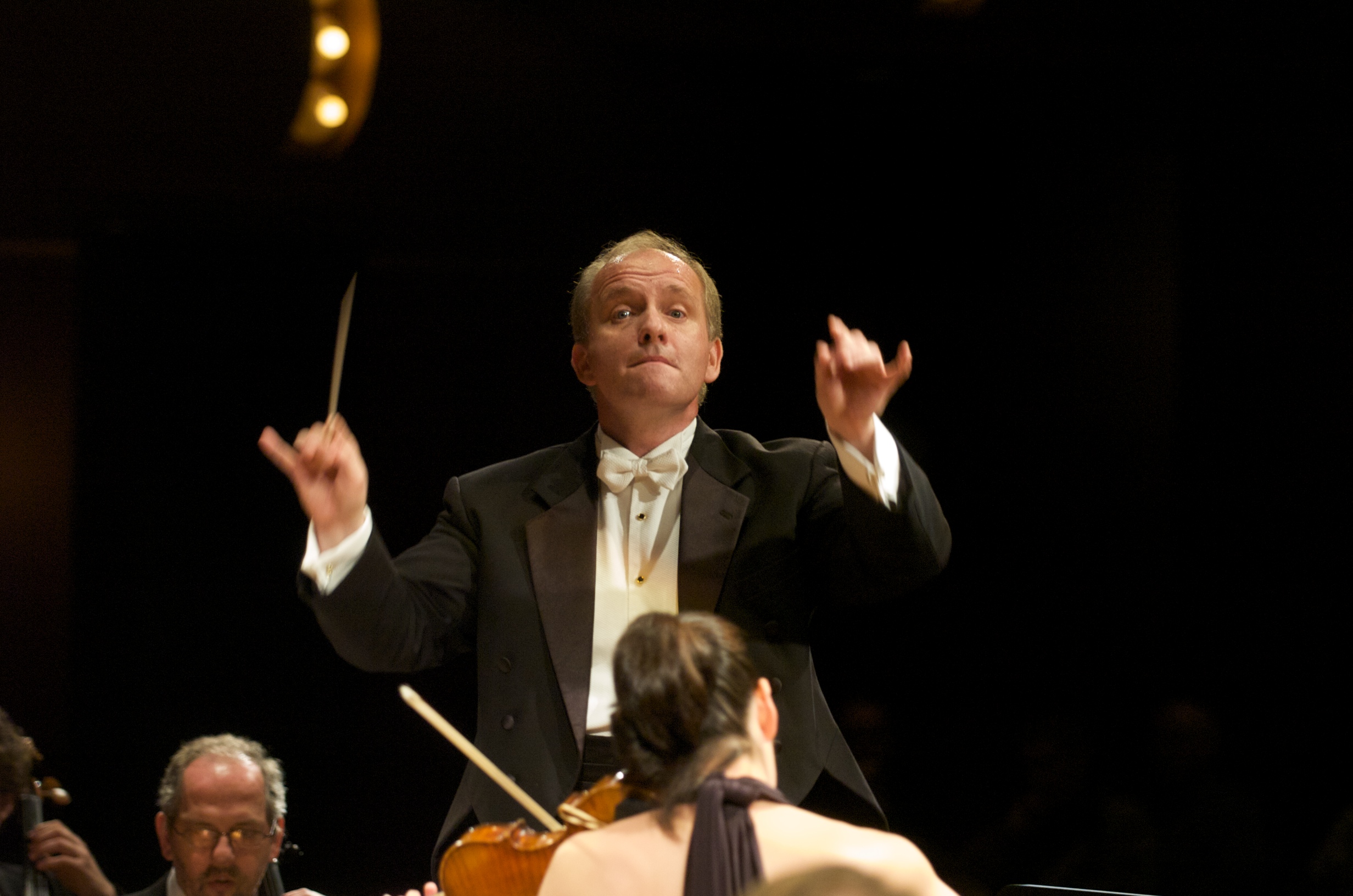Heather Bell
RADFORD – The Radford City School Board voted three-to-two to renovate the Radford High School stadium at its Tuesday meeting.
The school board was faced with three choices for the project – a short-term fix of the concrete that experts said could need additional repairs a year after the initial fix, a reconstruction of the stadium’s current concrete construction, or the replacement of the concrete with an aluminum bleacher system. The short-term repairs came in at an estimated cost of $95,168 plus an additional cost of up to $90,000 for caulk replacement due to asbestos. The aluminum bleacher in-fill system came in at a cost of $2,103,767 and a replacement of the pre-cast concrete system currently in place came in at a cost of $4,306,762, according to information presented to the board by Jack Murphy of Thompson and Litton.
The board voted three-to-two to go with the aluminum system, with Board Chair Jenny Riffe, Board Vice Chair Dr. Jody Ray and Board Member Jane Swing voting in favor of the proposal by Grandstand Design Southern Bleachers and Board Members Gloria Boyd and Chris Calfee voting against it.
Radford resident Ritchie Davis spoke to the board about his desire to keep the concrete construction of the stadium, rather than changing to the aluminum system, during the public comment portion of the meeting. Davis also spoke similarly at a recent Radford City Council meeting.
Davis said a lot of people in the community “see the stadium as iconic and the concrete is part of that.” He urged the board to get more public input about the project before making a decision. A petition on Change.org to keep the stadium concrete had received 125 signatures as of Thursday. Superintendent Robert Graham said in order to get the prices quoted at Tuesday’s meeting, the board had to vote on Tuesday, as those quotes had been made some time back.
“They said they would honor this price to wait for today’s meeting, but that’s it,” said Graham. “If we don’t more forward with something, that price is just going to go up.”
Riffe said the $4 million price tag just makes the concrete option untenable.
“We appreciate all of our community’s input, trying to sort out the best way to preserve our stadium’s heritage,” she said. “People have been here their whole lives. They’ve played on this field and looked to the stands that have been concrete. But we look at these numbers – four million dollars and up – clearly we just don’t have the money to do that. And if we did do that, it would displace our students from being able to play on the field because it is a much larger undertaking.”
“The cost is out of the realm of possibility,” she continued. “I understand heritage and I understand community. But community for me is the people more than it is what we’re sitting on.”
Prior to the vote, Ray said he was willing to vote in favor of the aluminum reconstruction option as long as it did not interfere with facility projects for instructional programs.
“What I’m not willing to hear a few months from now is we’re going to sacrifice the science rooms, or another project, because we paid so much for the stadium,” he said. “I’m not willing to go down that road. I don’t want our instructional programs to suffer because of a football stadium. I’m a sports guy, but I’m also a school board member and our main things are safety and strong instructional programs.”
The stadium project will be funded primarily with $1,757,815 in School Construction Entitlement Grant funds from the state, with the remainder coming from the school division’s capital reserves fund. Murphy and Graham told the board the project should be completed by mid-September, and the visitors side of the stadium will be used for the beginning of the season.

